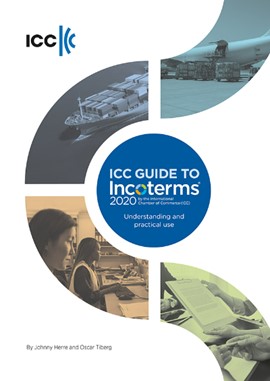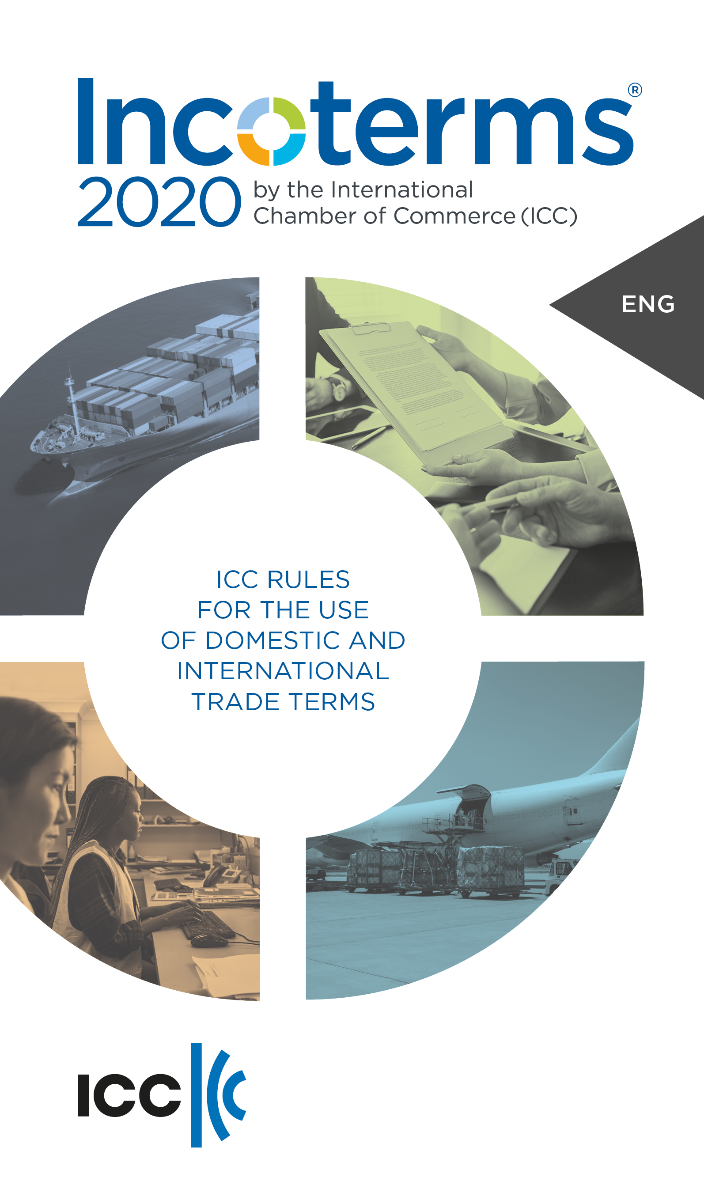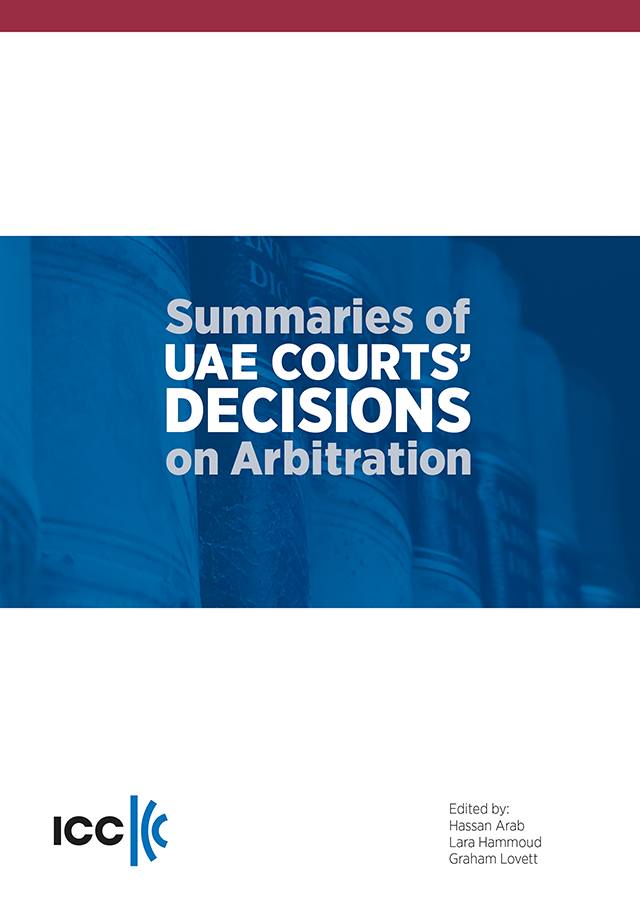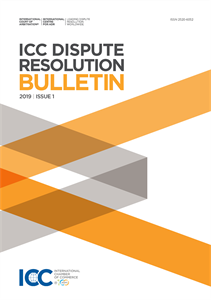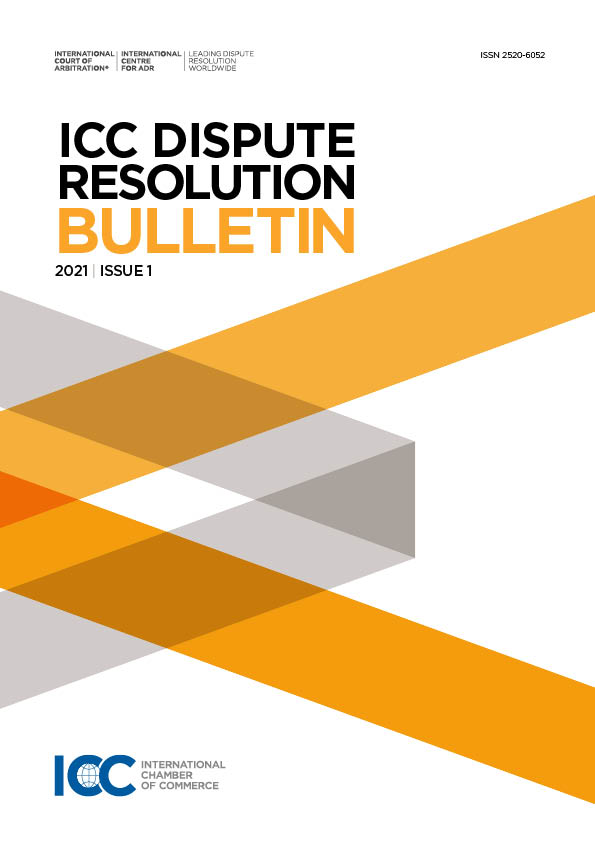payment Quick
delivery
€67,50
You need help, more information or a quote ?
Help CentreThis Dossier XXI of the ICC Institute of World Business Law explores how compliance with environment and human rights requirements may trigger legal responses based on the various concepts of international public policy. On the one hand, there is an unprecedented movement towards an intensification of corporate governance and mandatory legal rules - international, regional and domestic – with respect to environmental (including climate-related) and human rights protection. On the other hand, these legal rules may be of such imperiousness as to qualify as international public policy, but probably not all of them with the same intensity, not independently of such factors as the responsible behaviour or the damages they seek to apprehend, and not without consideration of the prevailing legal principles in the country where they arise. As a result, judges and arbitrators should not be expected to respond in all such legal situations with a same level of curiosity and willingness to take action.
The contributions in this Dossier are in all respects remarkable in view of the very new, and even prospective, problems they tackle. They start with establishing how compliance, the environment and human rights have become increasingly growing concerns for business and drawing a broad picture of the most striking, and largely converging, developments in both corporate governance and substantive law. These issues are then discussed on the ground of legal principles, both from theoretical and jurisdictional points of view, especially the various and often conflicting trends concerning international public policy. The same questions are subsequently considered from a more practical point of view, that of the roles of judges and arbitrators in environment and human rights-related transnational disputes. Last approached are the problems raised by the essential question of the effectiveness of compliance in environment and human rights.
The contributors are all renowned academics and practitioners among the best in the vast array of legal areas involved and in many different places around the world. Thanks to them, and to their efforts at ascertaining the current state of things in their respective areas and at suggesting prospective approaches for the future, this Dossier has every reason to stand as reference for many years to come.
| Code ISBN : | 978-92-842-0645-2 |
| Weight : | 0.7110 kgs |
| Number of pages : | 308 |
| Publishing date : | 2023 |
| Language : | English |
Foreword
Eduardo Silva Romero.... 9Introductory remarks
Maria Inès Sola and Lauro Da Gama, e Souza Jr.... 10
Preamble
John W.H. Denton..... 15
Chapter 1
Evolving expectations on business responsibilities for the environment
Stuart Bruce..... 17
I. Introduction..... 17
II. Historical evolution of international sustainability policy and business responsibility: 1972-2014..... 17
II.A. First period, 1972-1991..... 18
II.B. Second period, 1992-2013..... 18
II.C. Third period, 2014 to date..... 19
III. Economic frameworks and developments driving action on business
climate resilience and mitigation..... 20
III.A. Reporting frameworks and regulations..... 20
III.B. Moving towards organisational resilience and transition plans..... 21
IV. Concluding reflections..... 22
Chapter 2
The ‘hardening’ and ‘broadening’ of norms on business and human rights
Douglass Cassel..... 27
I. Introduction and overview:.... 27
I.A. ‘Hardening’ of International and Transnational BHR Norms..... 28
I.B. ‘Broadening’ of international and transnational BHR norms..... 31
I.C. Following sections..... 31
II. The UN Guiding Principles on Business and Human Rights..... 32
II.A. Background..... 32
II.B. The three-part framework on business and human rights..... 33
II.C. The UN Guiding Principles on Business and Human Rights..... 34
III. The ‘hardening’ of international and transnational norms on business and human rights..... 36
III.A. Regional and national human rights due diligence legislation with transnational effect..... 36
III.B. Court judgments against companies..... 45
III.C. Court judgments against States..... 54
III.D. Criminal cases..... 57
III.E. Import controls..... 60
III.F. Investment Law..... 63
III.G. Potential UN treaty on business and human rights..... 70
IV. The ‘broadening’ of international and transnational norms on business and human rights..... 72
IV.A. Treaties and declarations..... 72
IV.B. Judicial rulings..... 73
IV.C. Pending requests for advisory opinions on climate change..... 76
IV.D. Conclusion on environment..... 76
V. Conclusion..... 76
Chapter 3
International public policy, related concepts and legal regimes
Pierre Mayer..... 92
I. The notion and general effect of international public policy..... 92
I.A. Notion..... 92
I.B. General effect..... 94
II. Diversity of situations and legal regimes..... 95
II.A. Situations that are not affected by the international public policy character of the relevant rules or principles..... 95
II.B. Distinction between situations involving values and situations in which crucial objectives are pursued..... 96
Chapter 4
International public policy revisited—summary report
Galina Zukova..... 99
Chapter 4a
Human rights, environment and international public policy—key decisions of Switzerland’s highest court
Dorothee Schramm..... 105
I. International public policy in Swiss private law..... 105
II. Human rights and international public policy in Switzerland..... 107
II.A. Swiss public policy in the context of the applicable law..... 107
II.B. Swiss public policy in the context of recognising and enforcing foreign decisions..... 107
II.C. Transnational public policy in the context of a challenge against a Swiss international arbitral award..... 108
II.D. Observations..... 110
III. Do environmental protections form part of international public policy in Switzerland?..... 110
IV. Conclusion..... 112
Chapter 4b
Climate change, human rights, and international public policy: an Asia-Pacific perspective
Swee Yen Koh, SC and Alessa Pang..... 115
I. International public policy—a definitional quagmire..... 116
II. Asia-Pacific case studies..... 117
II.A. Australia..... 117
II.B. India..... 118
II.C. Pakistan..... 119
II.D. The Philippines..... 120
III. Future developments..... 122
IV. Conclusion—beyond domestic climate change litigation.... 123
Chapter 4c
U.S. public policy cases relating to the concepts of international public policy
and public policy relating to the protection of human rights and the environment
Matthew Draper..... 127
I. “International public policy” in the U.S. at present..... 127
II. Principle of comity..... 127
III. Overriding the applicable law?..... 127
IV. Arbitrators and the applicable public policy..... 127
V. Will future cases confirm the trend concerning public policy and protection of the environment?....128
VI. Case study.... 129
Chapter 4d
Latin America perspective
Martim Della Valle..... 131
I. Public policy in Latin America: a short recap..... 131
II. Main recent cases..... 132
II.A. Brazil: Civil Appeal No. 0003947-44.2012.4.01.3600, First Federal Regional Court (30 November 2016)..... 132
II.B. Brazil: Civil Appeal No. 0025999-75.2010.4.01.3900, First Federal Regional Court (26 March 2014)..... 133
II.C. Brazil: Interlocutory Appeal No. 5003779-88.2021.4.04.0000/SC,
Fourth Federal Regional Court (27 April 2021)..... 133
II.D. Mexico: Unconstitutionality Action 110/2019 (19 May 2022)..... 133
II.E. Mexico: Unconstitutionality Action 204/2020 (7 June 2022)..... 134
II.F. Mexico: Unconstitutionality Action 18/2021 (12 August 2021)..... 134
II.G. Inter-American Court of Human Rights: Case of Alvarado Espinoza et al. v Mexico (28 November 2018)..... 134
II.H. Inter-American Court of Human Rights: Case of the Miskito Divers (Lemoth Morris et al.) v Honduras (31 August 2021)..... 134
III. Conclusion..... 135
Chapter 5
The duties and powers of judges and arbitrators in relation to public policy when faced with environmental and human rights issues
Lucinda A Low..... 138
I. International human rights and environmental norms in general..... 139
I.A. Human rights..... 139
I.B. The Environment..... 140
II. Emerging and evolving corporate social responsibility, business and human rights, and ESG standards..... 142
II.A. International norms and guidance..... 143
II.B. Sector-, issue- or activity-specific standards and the UN Guiding Principles..... 144
II.C. National and regional binding norms..... 145
II.D. Anti-corruption.... 147
II.E. Compliance implications..... 148
III. Public policy: domestic, international and transnational..... 149
III.A. Initial observations..... 149
III.B. IPP/TPP and corruption..... 150
III.C. Environmental and human rights norms and public policy..... 152
IV. Powers of arbitrators and judges in relation to public policy..... 156
V. Environmental and human rights issues in arbitration..... 157
V.A. Investor-State..... 157
V.B. International commercial arbitration..... 162
V.C. Other issues..... 163
Chapter 6
The role of judges and arbitrators in transnational business and human rights disputes
Hélène Ruiz Fabri and Gustavo Becker..... 182
I. Introduction..... 182
II. Transnational business and human rights disputes..... 184
III. Business and human rights litigation: litigating before courts from home and host States.... 186
III.A. Litigating before courts of host States..... 187
III.B. Transnational business and human rights: litigating before courts of home States..... 188
IV. Beyond national courts: the rise of alternative dispute resolution for transnational business and human rights disputes..... 192
IV.A. Independent grievance mechanisms..... 193
IV.B. Arbitration..... 195
V. Transnational business and human rights disputes through arbitration and the role of arbitrators..... 197
V.A. The Bangladesh Accord arbitrations..... 198
V.B. The Hague Rules on business and human rights arbitration..... 201
V.C. An assessment of the need for procedural adaptations to accommodate business and human rights demands into
arbitral proceedings..... 204
VI. Conclusion..... 207
Chapter 7
Role and responsibilities of States to ensure MNEs compliance with environment and human rights obligations
Makane Moïse Mbengue and Damien Charlotin.... 215
I. Introduction..... 215
II. Obligations of States under International Law..... 216
II.A. Customary International Law..... 216
II.B. A new generation of international instruments..... 219
III. Implementing MNEs obligations and holding them accountable..... 222
III.A. Prosecuting MNEs in Domestic Courts..... 222
III.B. Non-compliance as a relevant consideration for mnes rights and obligations..... 223
IV. The way forward—international compliance disputes..... 224
IV.A. Adjudicatory bodies for environment and human rights..... 225
IV.B. Arbitration and mediation..... 225
Chapter 8
Effectiveness of compliance in environment and human rights-appropriate reparations: corrective actions, affectation of proceeds and rehabilitation over time
José Manuel García Represa..... 230
I. Introduction..... 230
I.A. The present: much has been achieved thus far, but still a long road ahead of us..... 230
I.B. Has international arbitration a role to play for reparations in the future?..... 232
I.C. Where do we go from here?..... 233
II. Reparations of environmental harm..... 233
II.A. Corrective actions..... 234
II.B. Rehabilitation over time..... 235
II.C. Affectation or earmarking of proceeds to environmental restoration objectives..... 237
III. Achieving appropriate and effective reparations in international arbitration..... 240
III.A. The challenges of ascertaining appropriate reparations of environmental harm through international arbitration proceedings..... 240
III.B. Driving change to ensure effective reparations of environmental harm through international arbitration..... 245
IV. Conclusion..... 252
Chapter 9
Effectiveness of compliance with environment and human rights at the post-award stage
Maxi Scherer..... 259
I. Introduction..... 259
II. International Commercial Arbitration..... 259
II.A. Environmental norms and human rights as general concept of public policy..... 260
II.B. Environmental norms and human rights as overriding mandatory norms..... 261
III. Investment arbitration..... 262
IV. Conclusion..... 264
Closing remarks
Patrick Thieffry..... 268
Table of cases..... 280
Biographies..... 288
ICC Dispute Resolution Publications..... 301
About ICC..... 308
Edited by
Lauro Da Gama, e Souza Jr
Maria Inès Sola
Patrick Thieffry
Authors (as they appear in the publication)
Eduardo Silva Romero
Maria Inès Sola
Lauro Da Gama, e Souza Jr
John W.H. Denton
Stuart Bruce
Douglass Cassel
Pierre Mayer
Galina Zukova
Dorothee Schramm
Swee Yen Koh, SC
Alessa Pang
Matthew Draper
Martim Della Valle
Lucinda A Low
Hélène Ruiz Fabri
Gustavo Becker
Makane Moïse Mbengue
Damien Charlotin
José Manuel García Represa
Maxi Scherer
Patrick Thieffry

